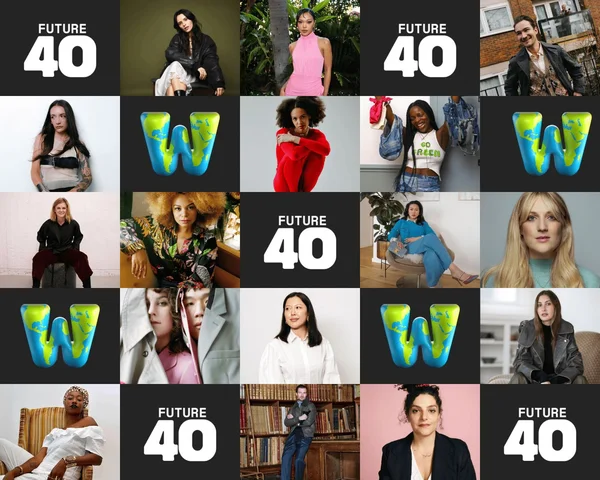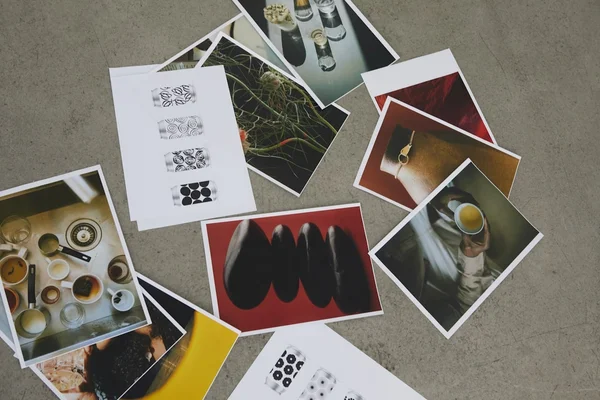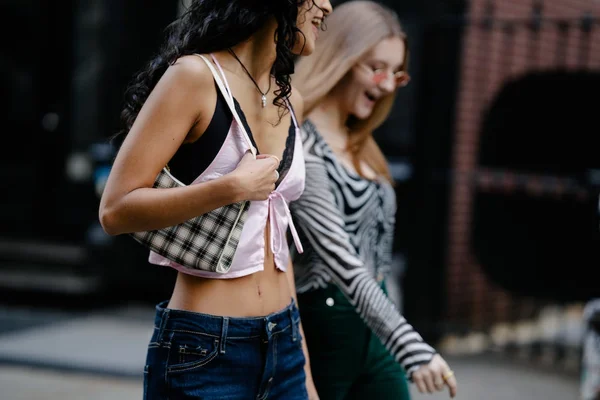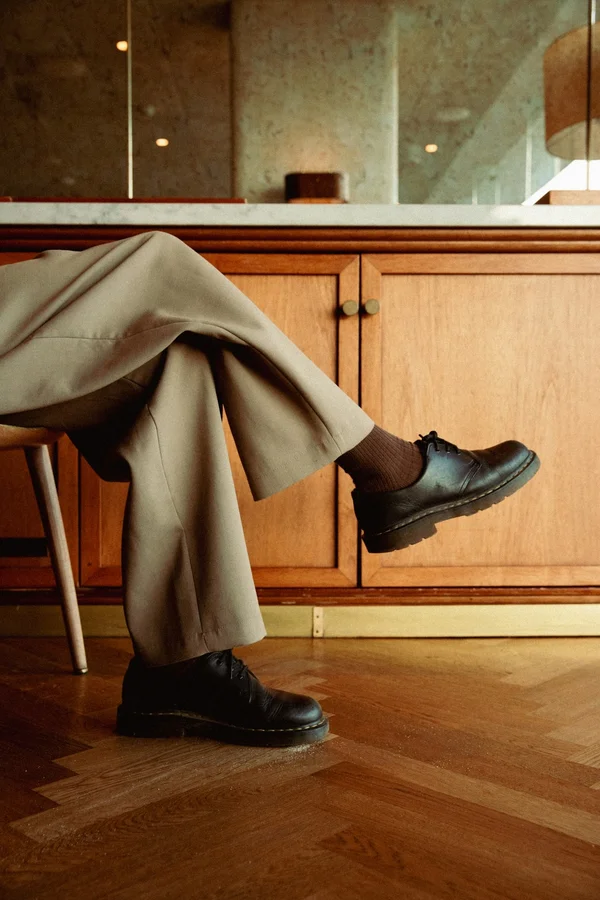This trick will help you cut ties with fast fashion, for good
By Florenne Earle Ledger published 03/11/2023
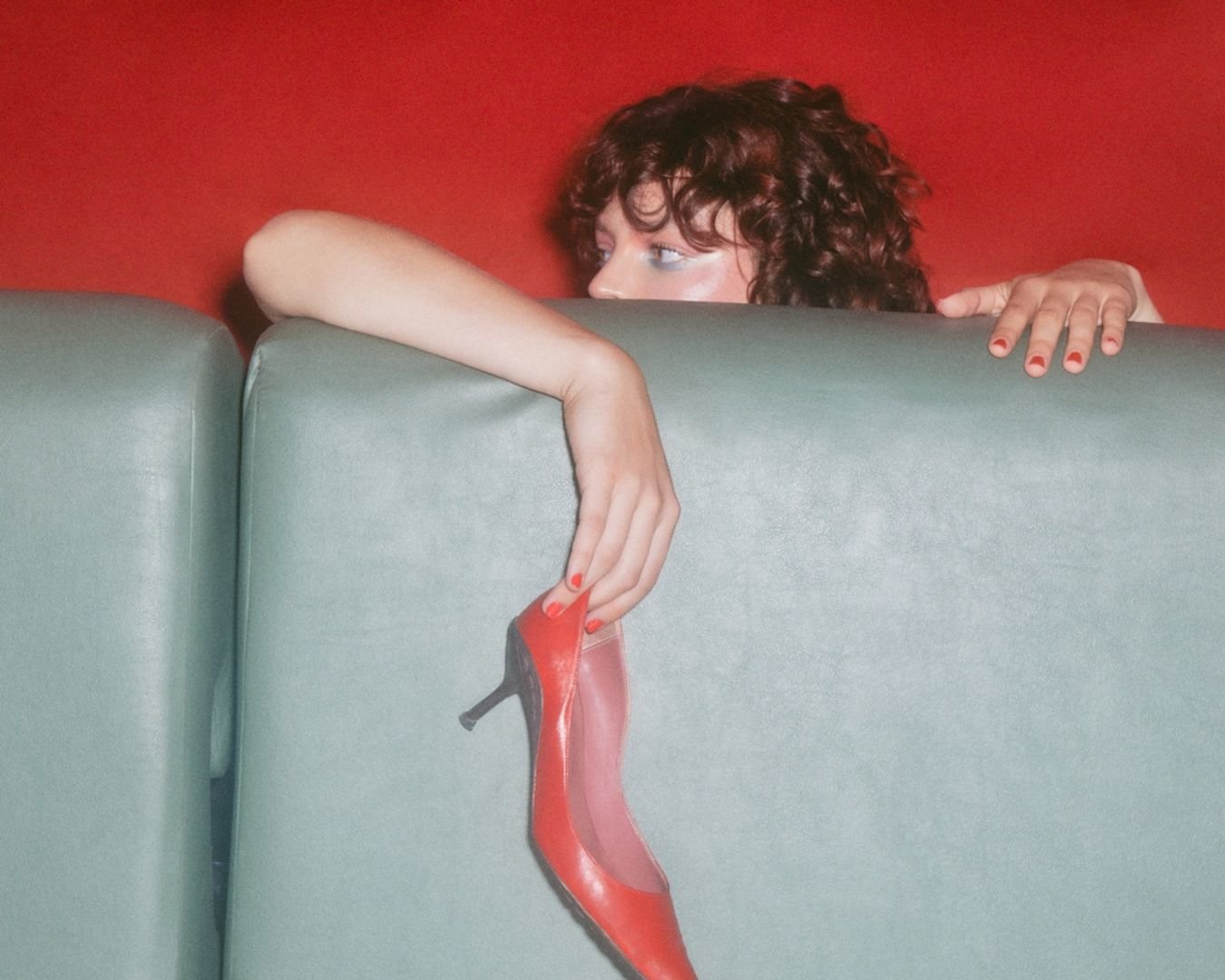
We’re here to share a little secret, something we discovered lately that’s really changed how we view our wardrobe.
Ever since reading The World is on Fire but We’re Still Buying Shoes, we’ve been thinking about this quote: ‘clothes [...] aren’t products to own, they’re moments to broadcast, to share on instagram for 24 hours’
What we took from this was the idea of our clothes not actually being clothes, but trends, fleeting assets to our lives that don’t feel concrete or permanent.
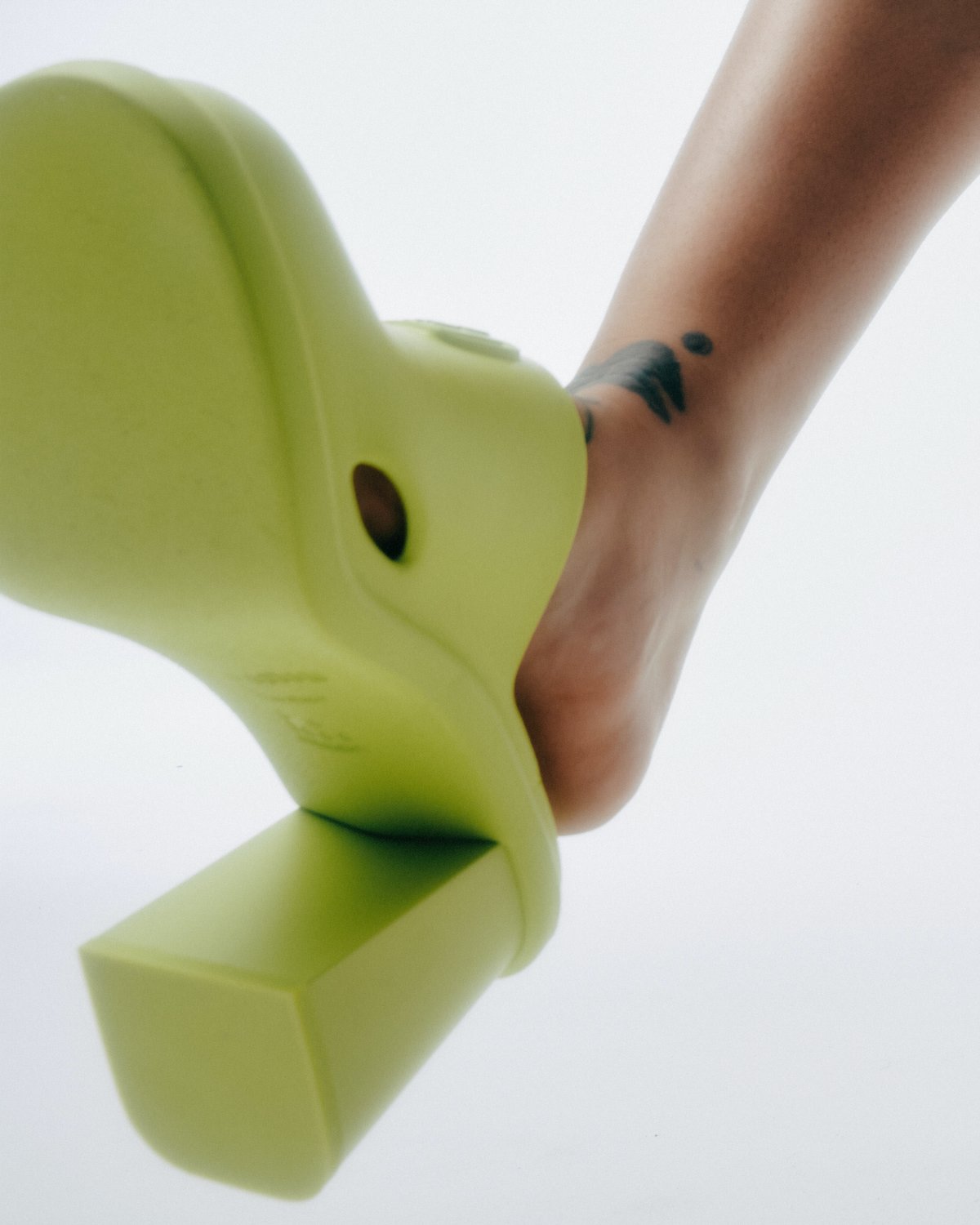
This is reinforced later in the book by the concept of ‘made in’ labels being a way of deviating our attention away from the lengthy process of making fabrics, designing and sewing a garment- and over simplifying it so it feels like the entire process was easy, conducted in a matter of hours in one factory.
The reality is that our clothes are never just made in one place, but all over the world, by lots of different people. They aren’t simply ‘moments to broadcast’ or a sign of how cool we are, they are tangible objects that will stay on this earth for a long time.
The first step to breaking up with fast fashion forever is to view our clothes for what they really are: a result of hard work and energy - something permanent and real. It’s especially topical just after Halloween, when millions of people bought one outfit for one night of the year.
But how can we change our mindset and view our clothes differently?

We’ve been seeking ways to broaden our horizons when it comes to fashion, so you can imagine why we were excited to see a book titled ‘Radical Fashion Exercises’. It was love at first sight (this is an impulse buy we can get behind).
It’s a workbook of tons of different ‘modes and methods’ about fashion design, writing and photography.
One of the exercises suggested writing a profile on a piece of clothing. Imagining it as a person with hopes, regrets and a life beyond its purpose as a garment. This is an abstract concept (hence the word radical) but it’s a fun way to visualise your clothes as more than clothes, and help you view them as a physical object in your life, rather than a ‘moment to broadcast’.
By applying the novelty idea that our clothes could be people too, it's harder to disregard them as disposable. Doing this exercise made me think about the people that made the item and how this might subconsciously impact how I view it.
It's fun to find different and creative ways to help us commit to our sustainable fashion journey, so if you're up for the challenge, we suggest getting your pen and paper out and asking yourself how you'd imagine an item of yours as a person, what their name would be, what they would want to get out of life, etc.
It sounds ridiculous, and it is, but it's fun. If you're interested in learning more about the exercise, buy the book (support creatives!!) and explore more of their radical ideas.
Something on your mind?
Share your thoughts with Whering community.
If you have an idea for an article around fashion, culture, environment, news, wellness, shopping or DIY, submit a pitch to us!
